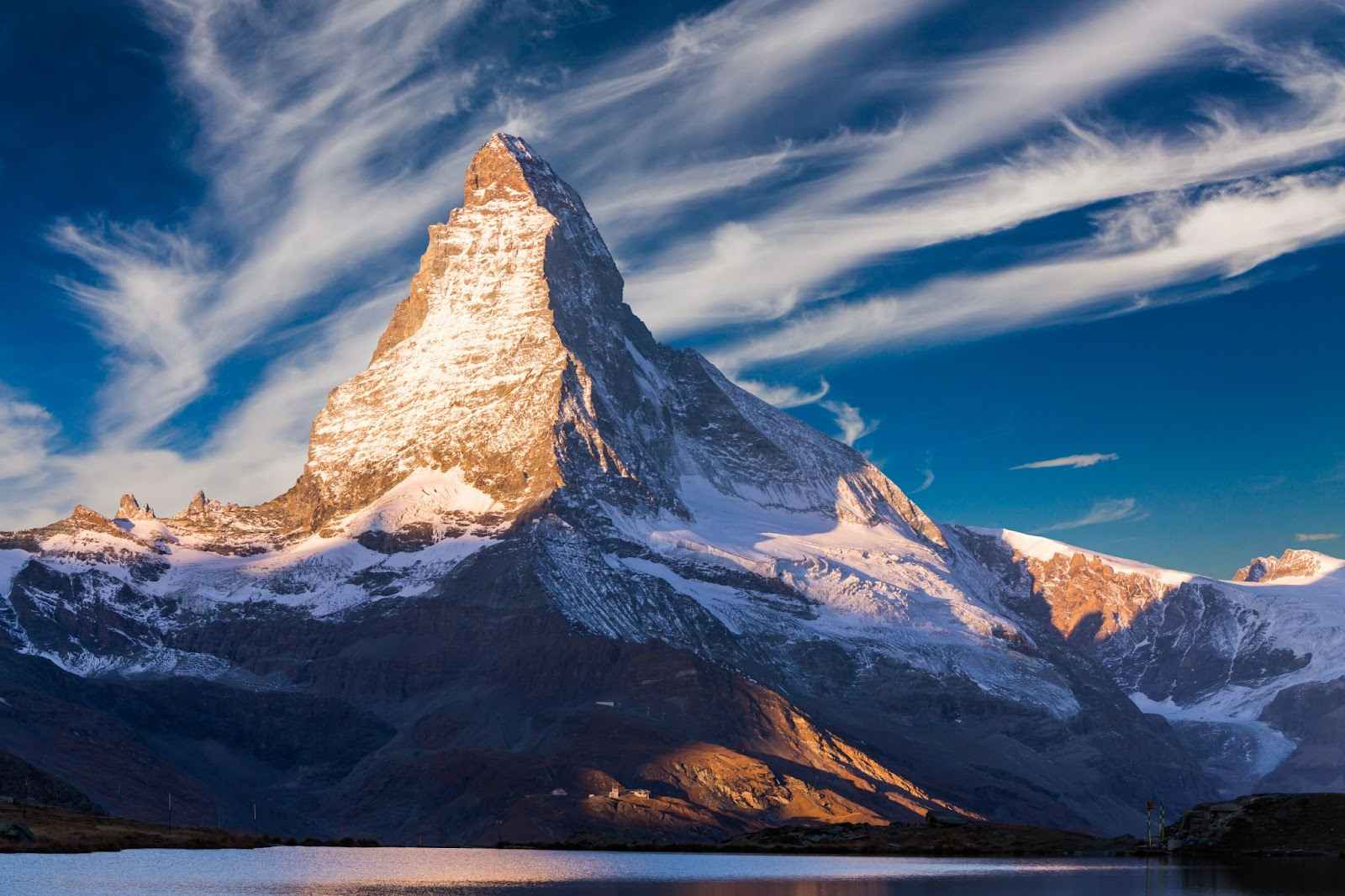
Geology is a fascinating field that explores the history and composition of the Earth’s crust. One intriguing geological feature that never fails to capture the imagination is a horn. A horn, in geological terms, refers to a sharp peak or mountain ridge formed by the action of glaciers. These majestic formations can be found all around the world, from the towering peaks of the Himalayas to the awe-inspiring fjords of Norway.
In this article, we will delve into the world of horns and uncover some astonishing facts about these geological wonders. From their formation and location to their impact on the surrounding environment, we will explore the significance and captivating aspects of horns. So, fasten your seatbelts and get ready to be amazed by the magnificent world of horns in geology!
Key Takeaways:
- Horns, like the Matterhorn, are sharp peaks formed by glaciers. They take thousands of years to form and attract adventurous mountaineers from around the world.
- Horns are not just geological wonders, but also homes to unique wildlife. They showcase the power of ancient glaciers and hold symbolic meaning in various cultures.
The Origin of the Term “Horn”
The word “horn” in geology is derived from the Old English word “horn” which means a projecting peak or spur of a hill or mountain.
Horn: A Landform created by Glaciers
Horn is a distinctive geological landform that is created when glaciers erode three or more cirques, resulting in a sharp, pointed peak.
The Iconic Matterhorn
One of the most famous examples of a horn is the Matterhorn, located in the Swiss Alps.
Formation Process
Horns are formed through a process called frost weathering, where freezing and thawing of water in cracks and crevices cause the rock to break apart.
Steep and Jagged
Horns are characterized by their steep and jagged slopes, making them a challenge for mountaineers to conquer.
Multiple Peaks
A horn can have multiple peaks, formed by the erosion of different cirques on its sides.
Natural Beauty
Horns are often admired for their natural beauty and are popular subjects for landscape photographers.
Home to Unique Wildlife
Due to their rugged and isolated nature, horns provide habitats for unique wildlife species that are adapted to survive in extreme conditions.
Mountaineering Magnet
Horns attract mountaineers and climbers from around the world who seek the challenge of summiting these majestic peaks.
Glacial History
Horns are remnants of the glacial era, showcasing the power and influence of ancient glaciers on our landscapes.
Geological Time
The formation of a horn can take thousands, if not millions, of years, representing the slow and gradual changes that shape our Earth.
Tectonic Activity
Horns are often found in areas with active tectonic processes, highlighting the dynamic nature of our planet’s crust.
Erosion and Weathering
Through the erosive forces of wind, water, and ice, horns are constantly being shaped and reshaped over time.
Distinctive Silhouettes
The recognizable silhouette of a horn makes it a prominent and easily identifiable geological feature.
Geographical Distribution
Horns can be found around the world, from the Alps in Europe to the Andes in South America, showcasing the global significance of this landform.
Geological Significance
Horns provide valuable insights into the geological history of a region and the processes that have shaped the landscape over millions of years.
Majestic Landmarks
Horns often become iconic landmarks for the surrounding regions, attracting tourists and serving as symbols of natural beauty.
Symbolism and Mythology
In various cultures, horns have held symbolic meaning and significance, representing strength, endurance, and the power of nature.
Preservation and Conservation
The preservation and conservation of horns and their surrounding ecosystems are essential for maintaining biodiversity and protecting our natural heritage.
Conclusion
In conclusion, the study of horns in geology provides fascinating insights into the dynamic nature of our planet. From the formation process to their various shapes and sizes, horns offer a remarkable glimpse into the geological history of different regions. These natural geological formations serve as a testament to the forces at work beneath the Earth’s surface, shaping and reshaping the landscapes over millions of years. Whether they are volcanic horns or glacial horns, each type offers unique evidence about the Earth’s past and provides valuable information for geologists and scientists to decipher. The astounding facts about horns highlight the complexity and beauty of our planet’s geological heritage, and remind us of the endless wonders that lie beneath our feet. So, let us continue to explore and marvel at the extraordinary world of horns in geology.
FAQs
Q: What is a horn in geology?
A: In geology, a horn refers to a pointed or peaked mountain or landform that is formed through various geological processes such as glaciation, erosion, or volcanic activity.Q: How are volcanic horns formed?
A: Volcanic horns, also known as volcanic peaks or volcanic spires, are formed when a volcano erupts and the surrounding material erodes unevenly, leaving behind a distinct peak or horn shape.Q: What causes the unique shapes of glacial horns?
A: Glacial horns, such as Matterhorn in the Swiss Alps, are formed when glaciers erode mountains from multiple sides simultaneously, creating sharp, pyramidal peaks with steep, angular slopes.Q: Are horns only found on Earth?
A: No, horns are not exclusive to Earth. Mars, for example, features Martian horns, which are similar landforms believed to be formed through volcanic activity or erosion by wind and dust storms.Q: Do horns have any significance in geological research?
A: Yes, horns are of great significance in geological research. They provide valuable information about the Earth’s geological history, past climatic conditions, and the forces that have shaped landscapes over millions of years.Q: Are there any famous horns around the world?
A: Absolutely! Some of the famous horns include the Matterhorn in the Swiss Alps, the Aiguille du Dru in France, the Hornocal in Argentina, and the Devils Tower in the United States, among many others.
Horn formations are just one of the many fascinating geological wonders our planet has to offer. Igneous rocks, formed from cooled magma or lava, hold their own set of extraordinary facts waiting to be discovered. Earth's crust, the outermost layer of our planet, is a treasure trove of intriguing information spanning 30 great facts. Plate tectonics, the theory that explains the movement and interaction of Earth's lithospheric plates, is equally astonishing with 19 mind-boggling facts to uncover. Dive into these captivating topics and expand your knowledge of the incredible geological processes shaping our world.
Was this page helpful?
Our commitment to delivering trustworthy and engaging content is at the heart of what we do. Each fact on our site is contributed by real users like you, bringing a wealth of diverse insights and information. To ensure the highest standards of accuracy and reliability, our dedicated editors meticulously review each submission. This process guarantees that the facts we share are not only fascinating but also credible. Trust in our commitment to quality and authenticity as you explore and learn with us.


